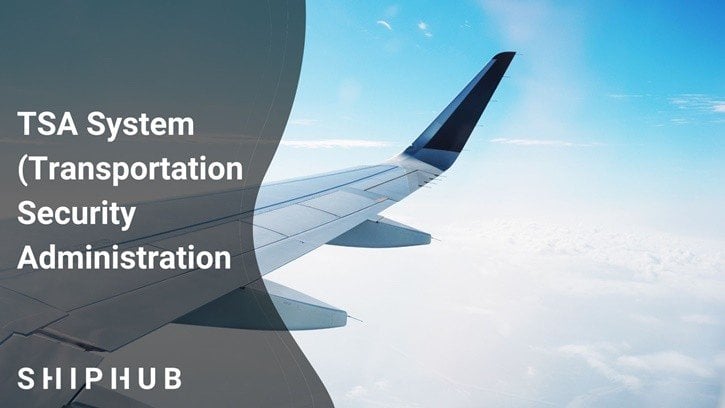AMS is an Automated Manifest System, which is an electronic system operated by Customs and Border Protection (CBP) for transferring and verifying cargo data when exporting to the USA. It was introduced in 2004 and is the result of US efforts to reduce potential security threats.
AMS function
All air and ocean shipments sent to the US require cargo declarations with detailed information regarding them. For this purpose, the AMS shipment tracking system is used, which transmits electronic information and controls carried loads, both by sea, by air, by road and by rail.
Therefore, airlines and forwarders are required to provide accurate cargo information at a specified time, which is then registered via AMS. Goods must be declared 24 hours before they leave the loading port. The system records data about the arrival of the cargo and its release. It applies to shipments directed to the USA or Mexico, as well as cargo only transiting or transhipping among these countries.
Requirements
If loads arrive in the USA without being notified via AMS, the goods are withdrawn at the exporter’s expense back to the place of origin. Failure to meet customs requirements regarding documents and deadlines will result in a fine of up to USD 10,000 for each violation.
Information that you must include when performing the AMS procedure includes:
- full names and addresses of the sender and recipient of the freight;
- ship name, country of documentation, voyage number, and SCAC code;
- the exact name of the commodity, its number, and weight;
- details of the port where the goods are loaded;
- data of the first foreign port to which the loading enters;
- last port details before shipment arriving in the US;
- the planned date of arrival of the cargo at the first port in the USA;
- hazardous materials code;
- container number and the number of the last container seal established at loading.
Advantages of using AMS
This automated system enables efficient customs clearance of goods by electronic means, thus dynamizing the flow of goods and reducing downtime through precise and punctual data entry. It allows us to process information faster, and it made it easier to archive documents, reducing unnecessary bureaucratic procedures. What’s more, it provides an efficient flow of information necessary to identify potentially dangerous loads, guaranteeing a high level of security and preventing smuggling contrary to the principles developed by CBP.

